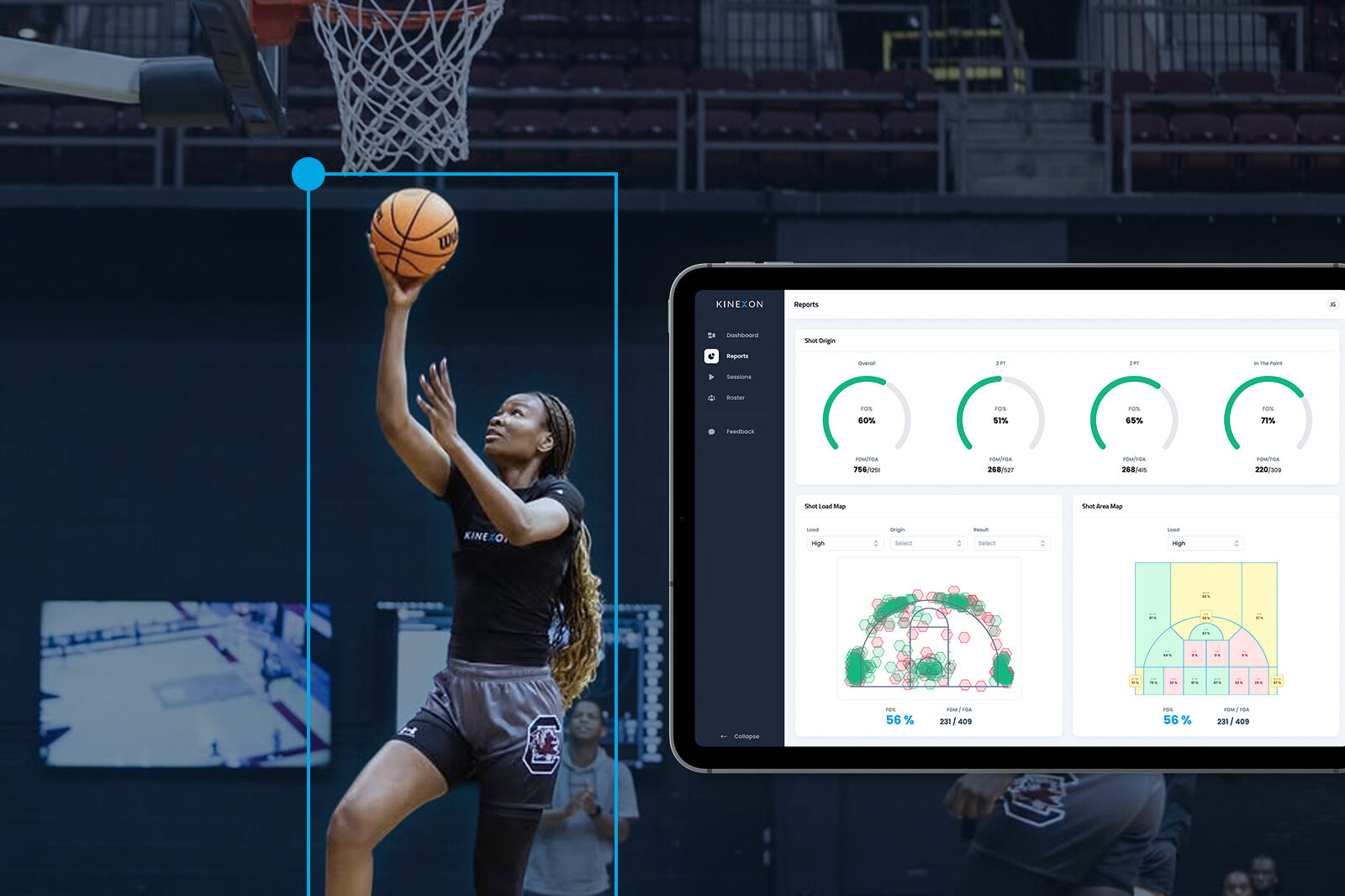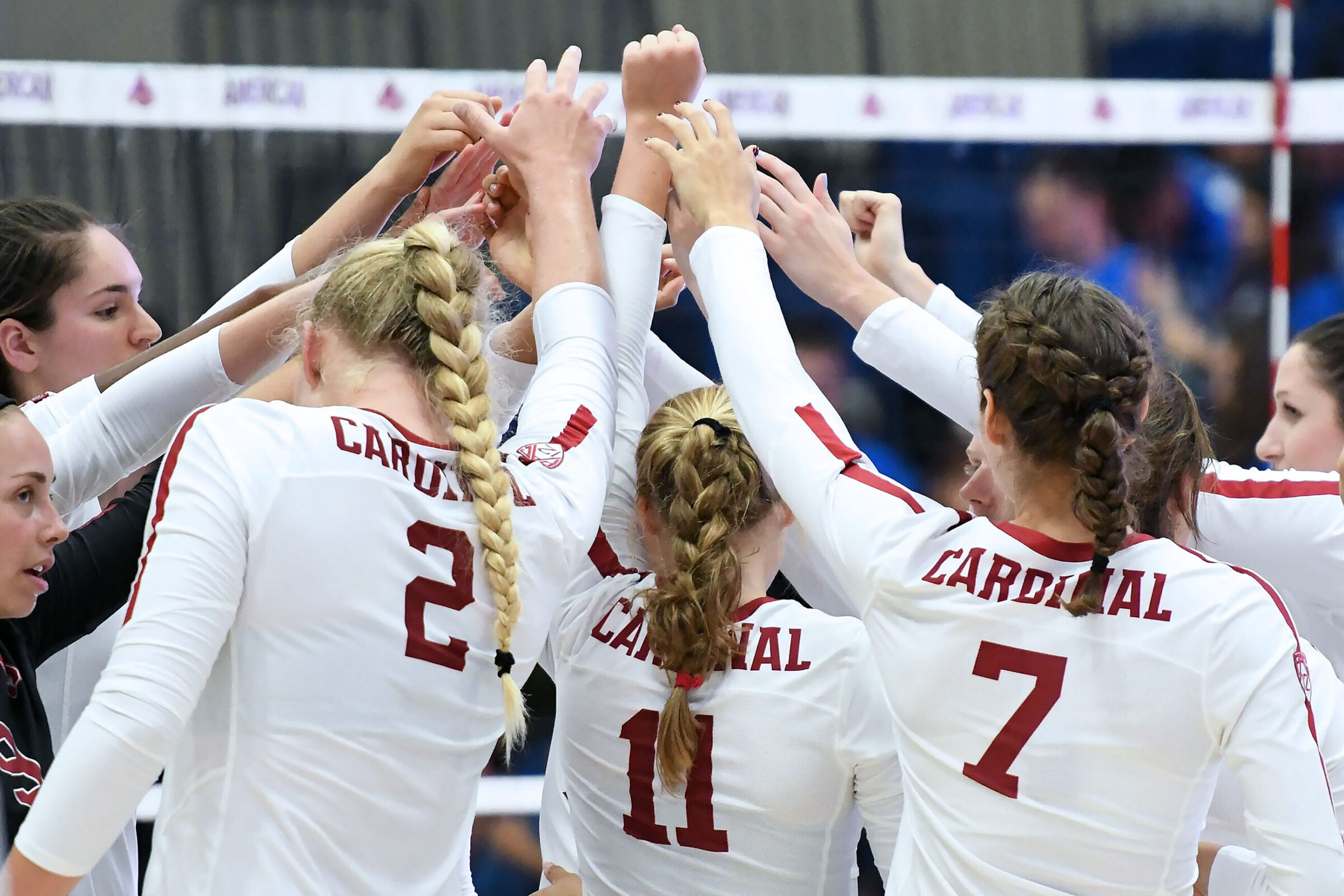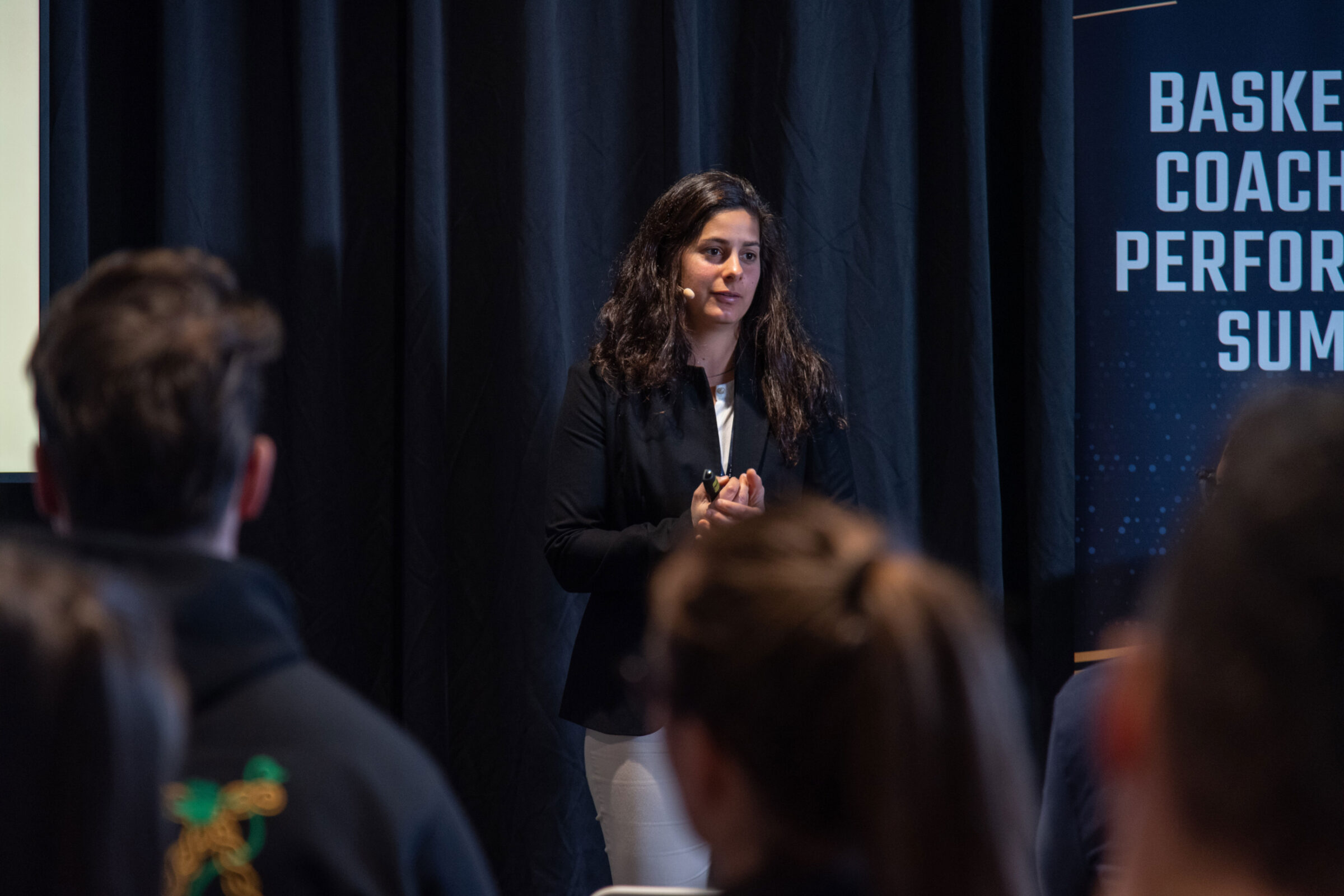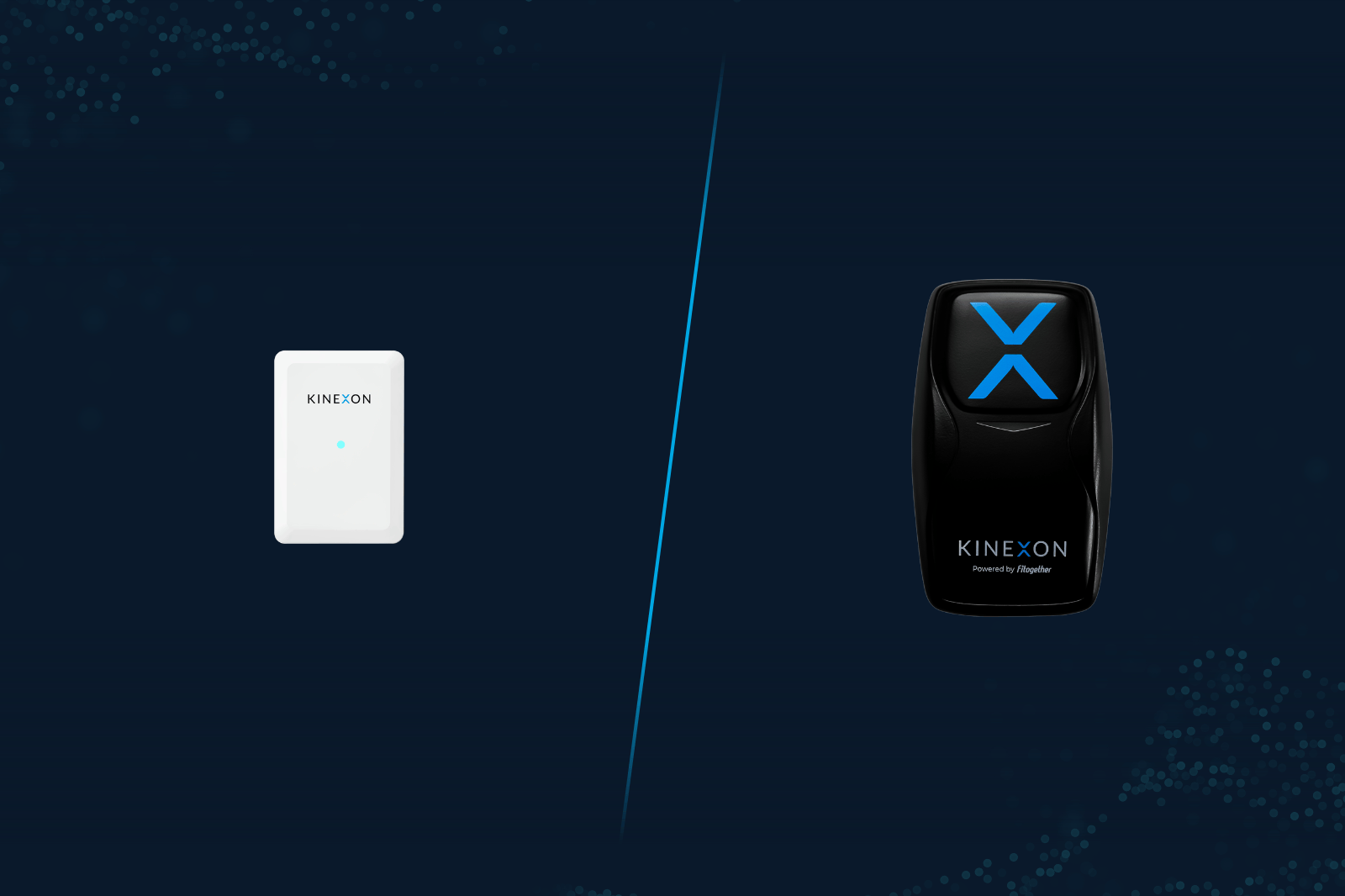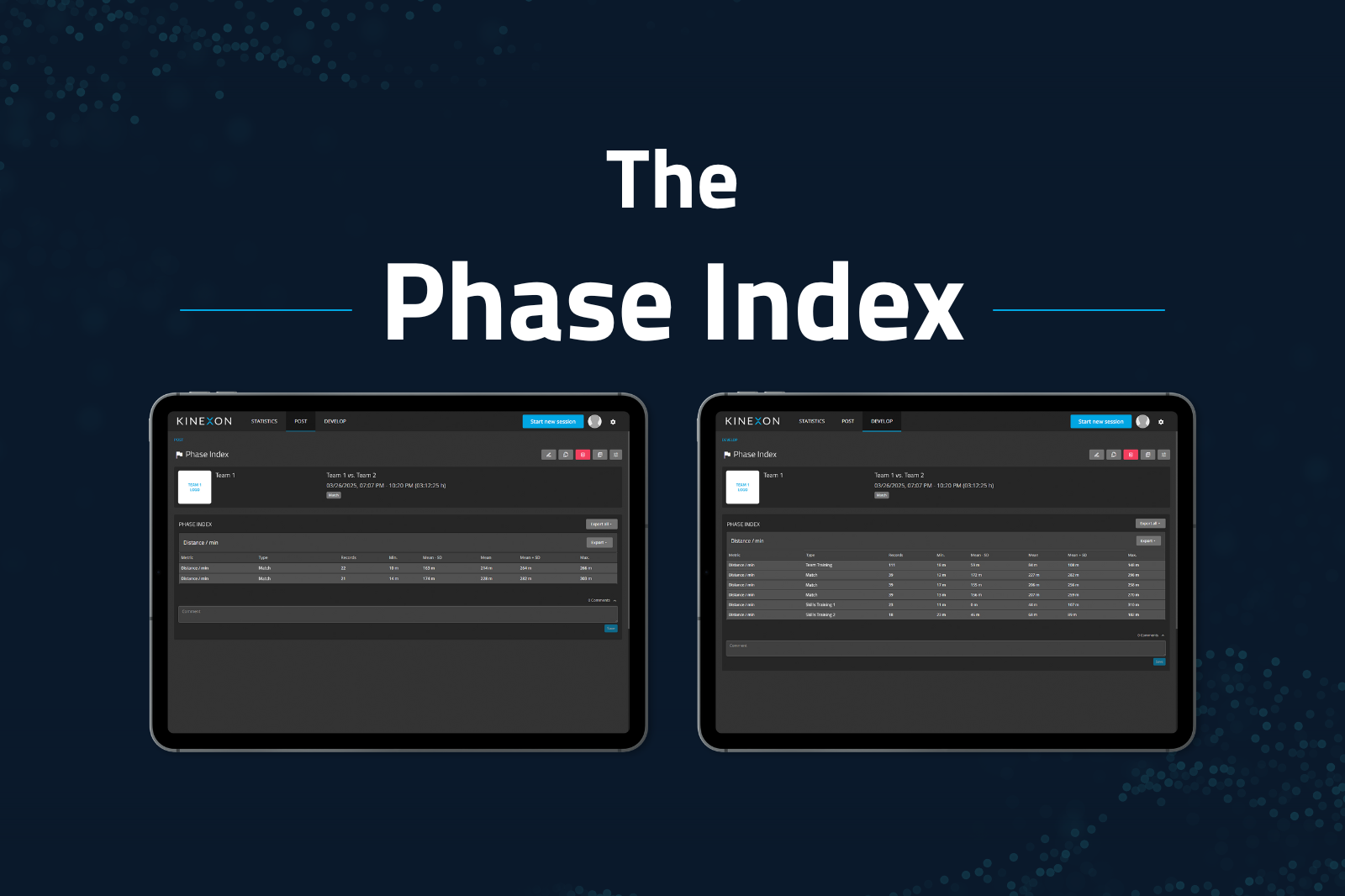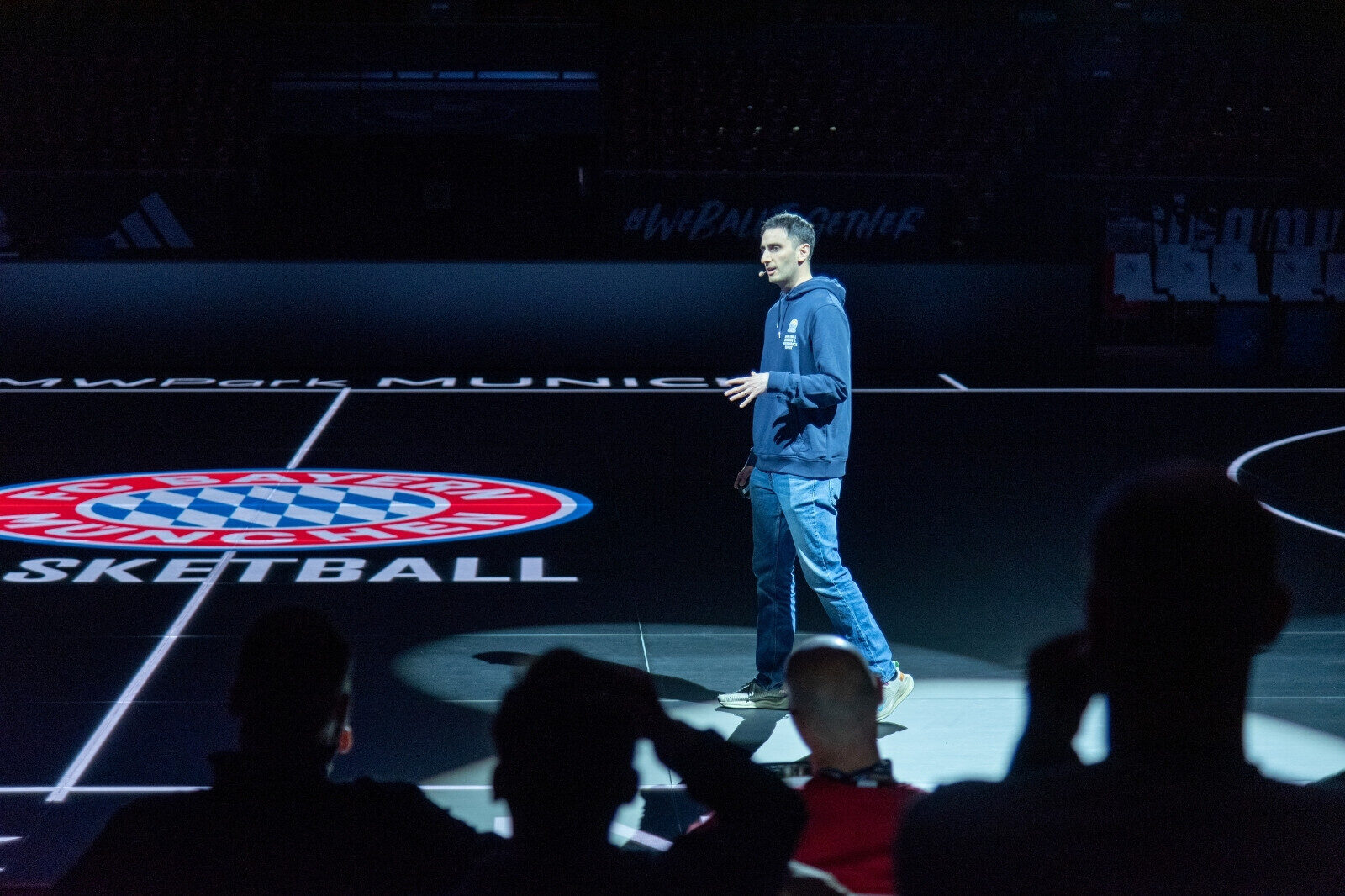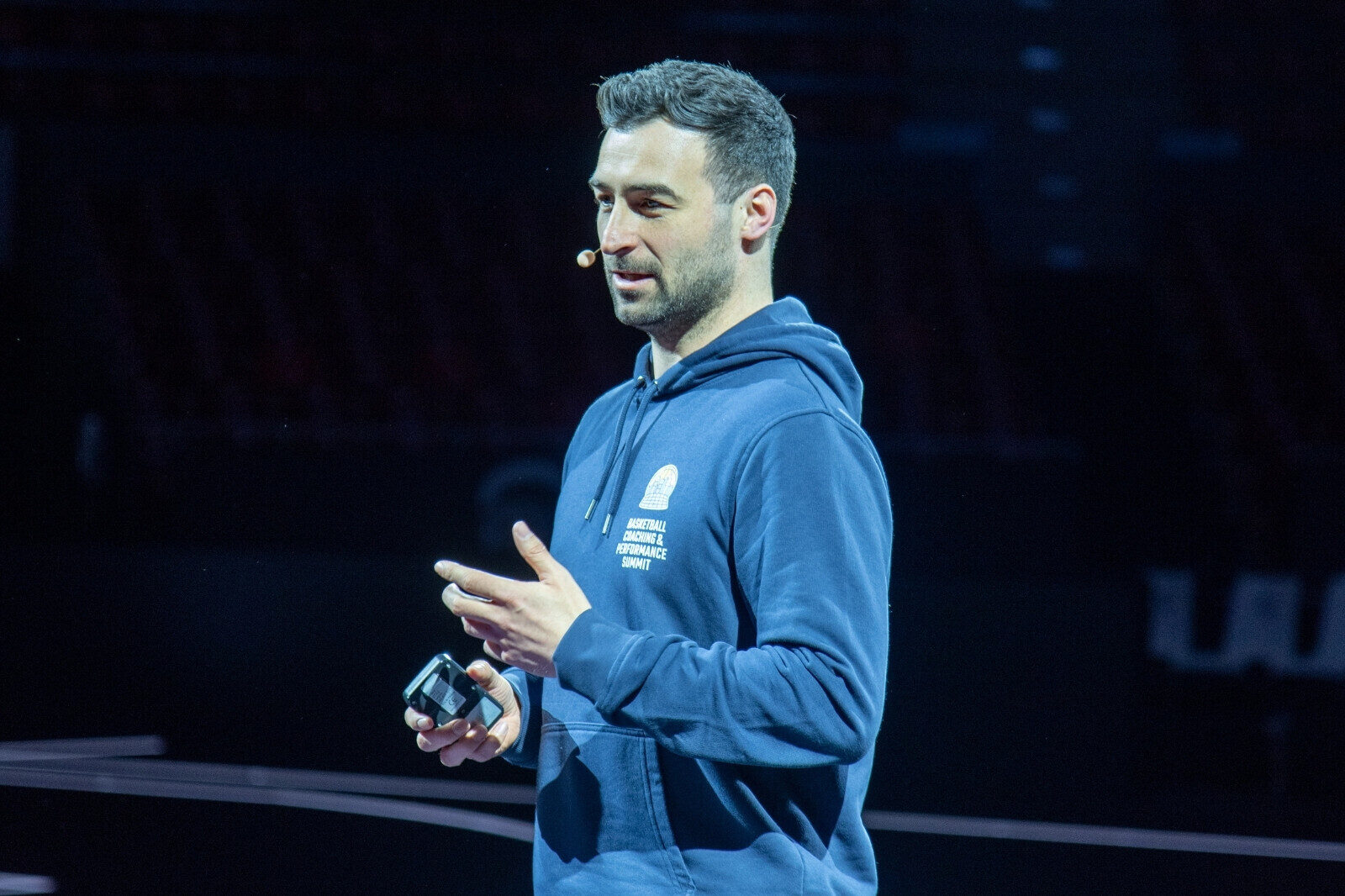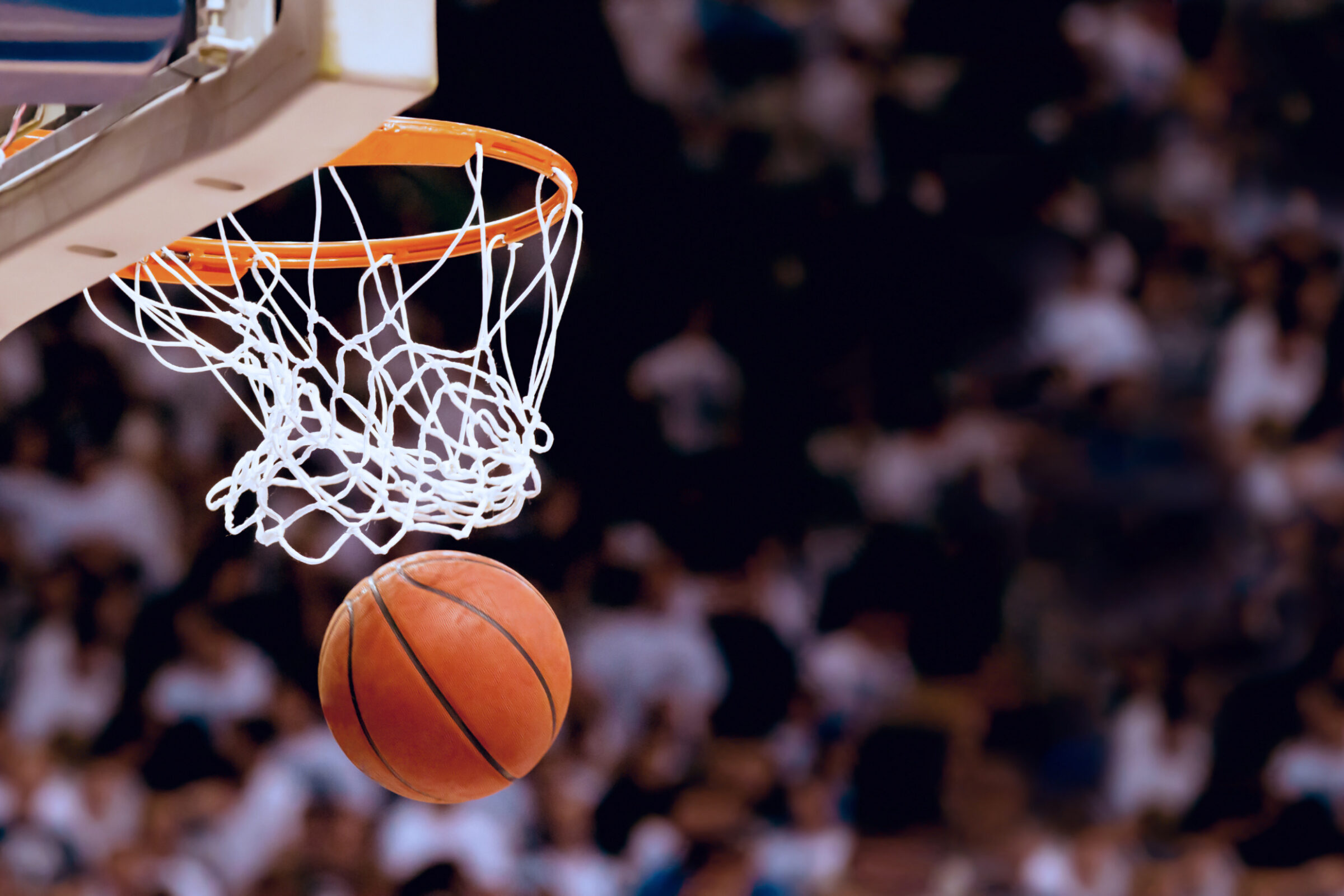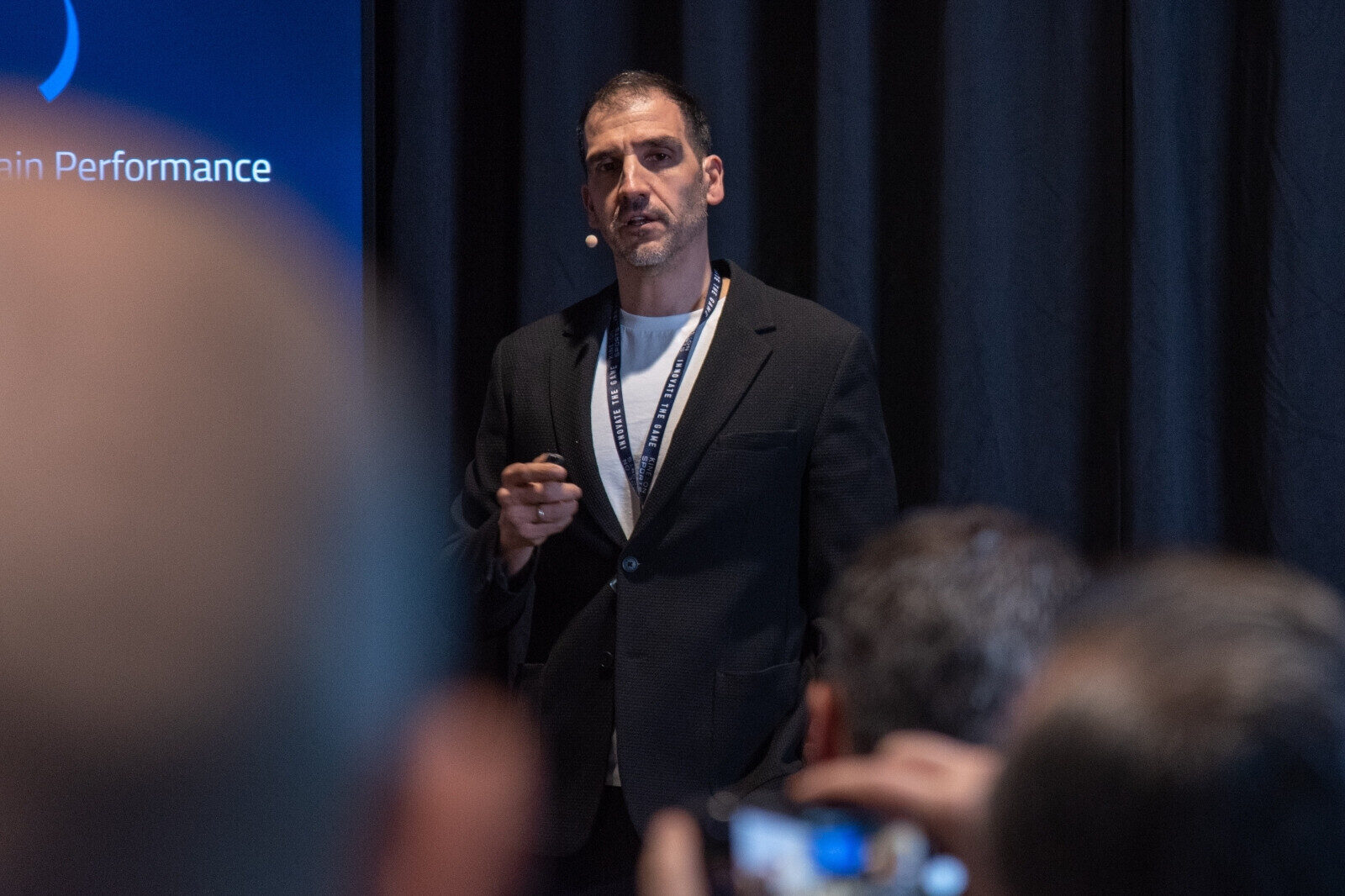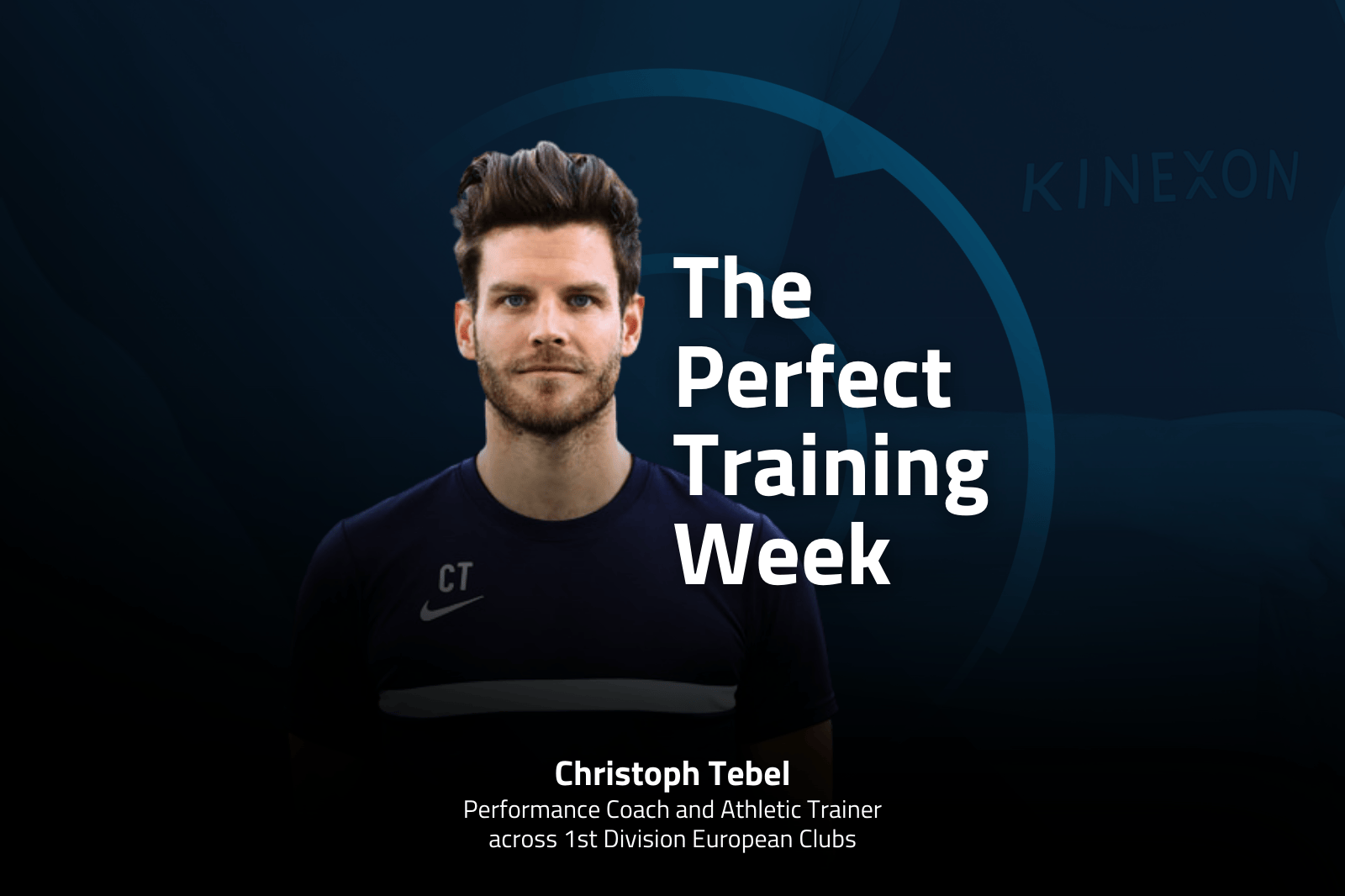Sports Science Reveals the Secret Behind Cristina Neagu's Unstoppable Handball Shot
Is Cristina Neagu really the best handball player in the world? Red Bull put together a team, that included a sports scientist from KINEXON, to help answer this question. Here’s what they discovered.

She stands alone as the only player to have secured the International Handball Federation’s “World Player of the Year” award four times and has been voted into the All-Star Team at the European Championship four times and a staggering seven times at the Champions League.
But what defines a great handball player? And how do you measure it?
A group of researchers at Red Bull wanted to know, so they teamed with KINEXON to find out and capture it all in the 20-minute documentary-style video called “The Science Behind Cristina Neagu’s Unstoppable Shot.”
KINEXON Sports Science Consultant Breaks Down The Data with Cristina Neagu

Michael Elmer is a former professional ice hockey coach who is now a KINEXON sports scientist. He specializes in consulting handball players and coaches on using sports analytics to fine tune their games.
In a separate video (link below) he explains a little bit more about the IMU and LPS technology he used to analyze Christine’s shot. It’s the same technology we use for many of our indoor sports teams including handball, volleyball, hockey, and arena football.
Player and Ball Tracking Unveil the Secrets Behind Her Powerful Handball Shot

He was asked to analyze Cristina’s shot, using KINEXON’s PERFORM LPS tracking system at the Polyvalent Hall of Bucharest. 20 anchors were mounted on the ceiling of the facility to provide real-time data and Cristina wore a player tracking device in a vest.
Michael also used KINEXON’s ball tracking technology to detect throwing actions. KINEXON provided the same type of technology during the European Handball Championships.
Watch "The Science Behind the Shot"

Click the button below to see the full 20-minute video, and if you have any questions about the LPS or ball tracking systems that you’ll see, feel free to contact us at any time. Enjoy the show.

